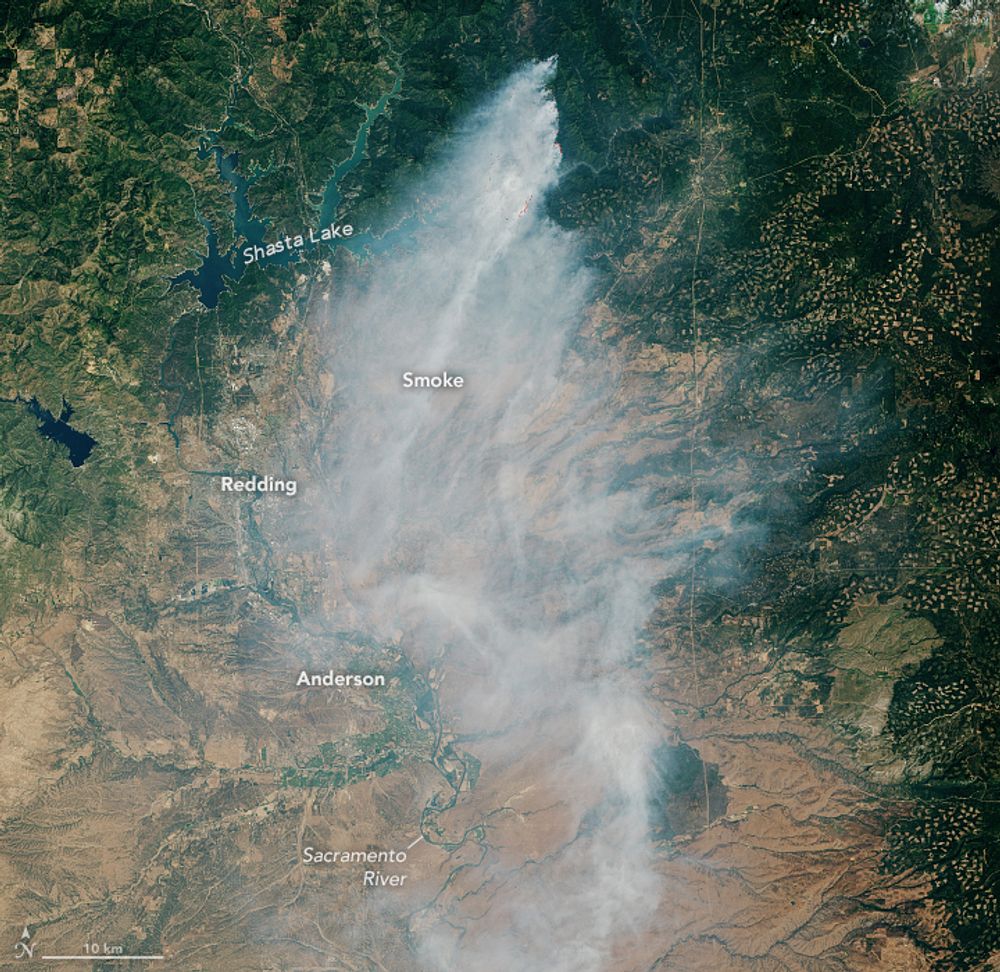Featured Videos
A Day in the Life of GeoXO
The year is 2036, and a new generation of geostationary weather satellites called GeoXO is orbiting Earth to keep constant watch over the Western Hemisphere. This new generation is made up of three satellites: GEO East, GEO Center, and GEO West. The constellation is measuring, monitoring, and watching events across the United States all at the same time. Using data from current satellites, we can imagine what this new generation will see.
2024 Ozone Hole Update
This year, the ozone hole over Antarctica reached its annual maximum extent on September 28th, 2024, with an area of 8.5 million square miles (22.4 square million kilometers).
How NASA Sees the Air We Breathe
NASA and NOAA, among other agencies, worked together this summer through the STAQS and AEROMMA missions to calibrate and validate NASA’s new TEMPO satellite. The satellite and missions combined aim to not only better measure air quality, and the major pollutants that impact it, but also to improve air quality, from street to stratosphere.
Ozone 101: What is the Ozone Hole?
Let’s back up to the basics and understand what caused the Ozone Hole, its effects on the planet, and what scientists predict will happen in future decades.
We are thrilled to announce the selection of Dr. Mian Chin as the 2024 William Nordberg Memorial Award for Earth Science ...
Thursday, October 03, 2024

